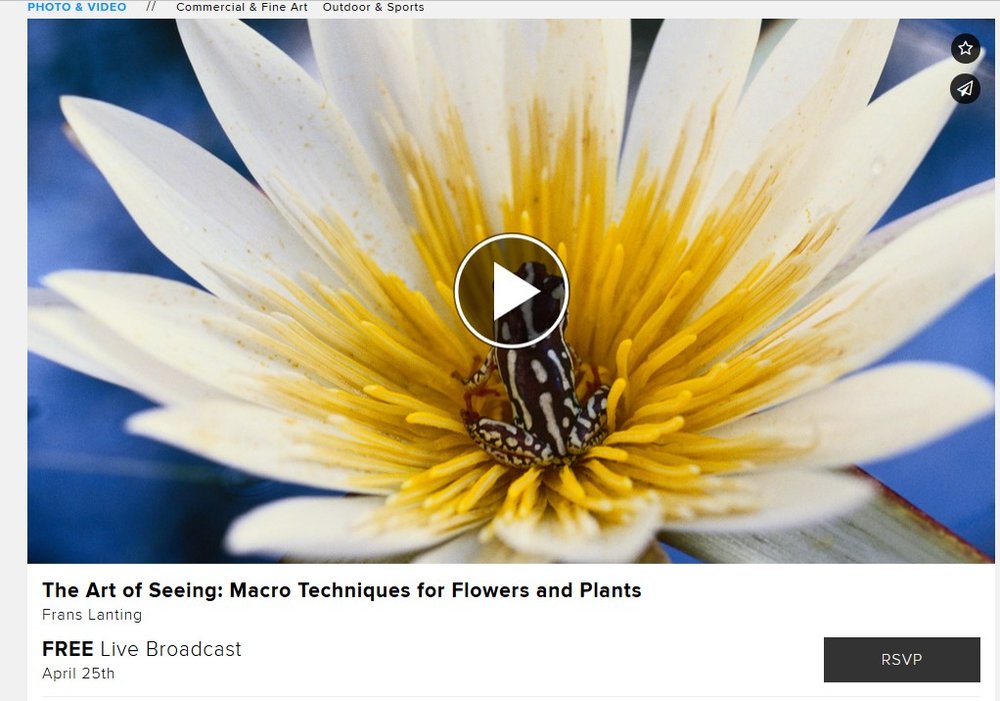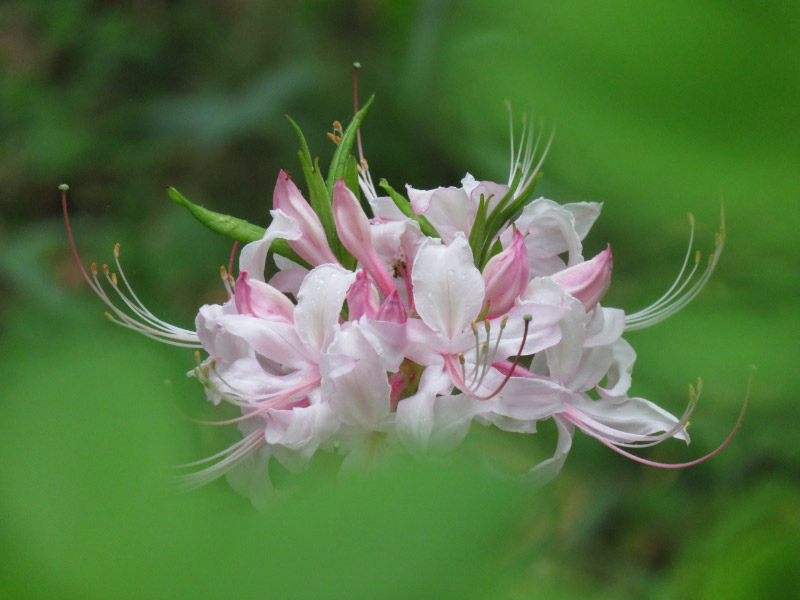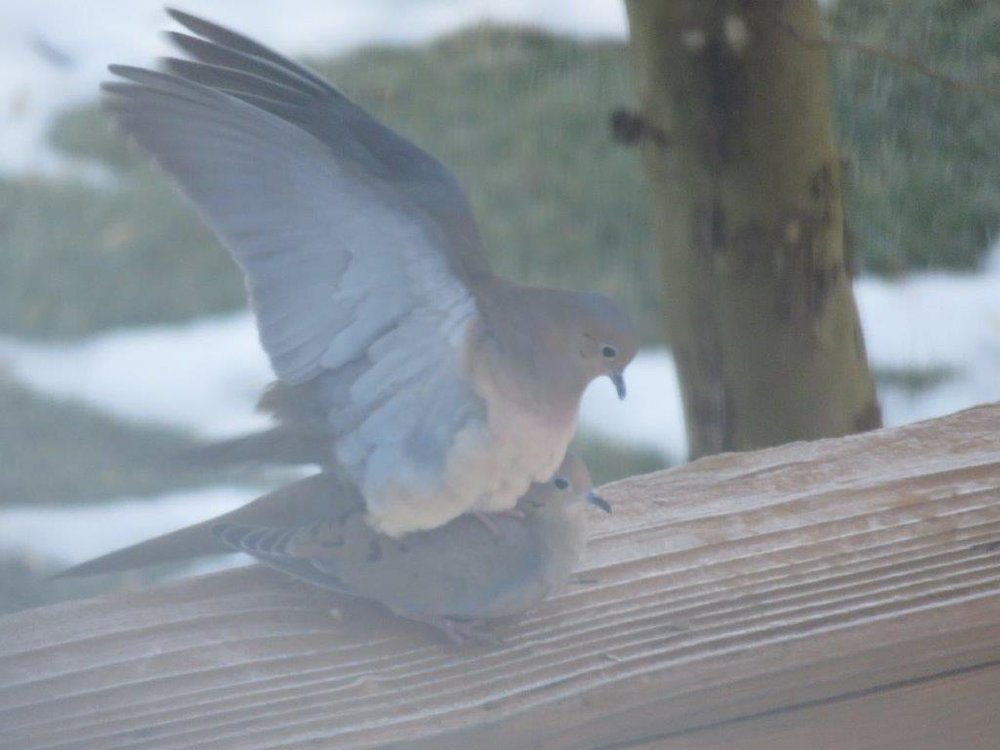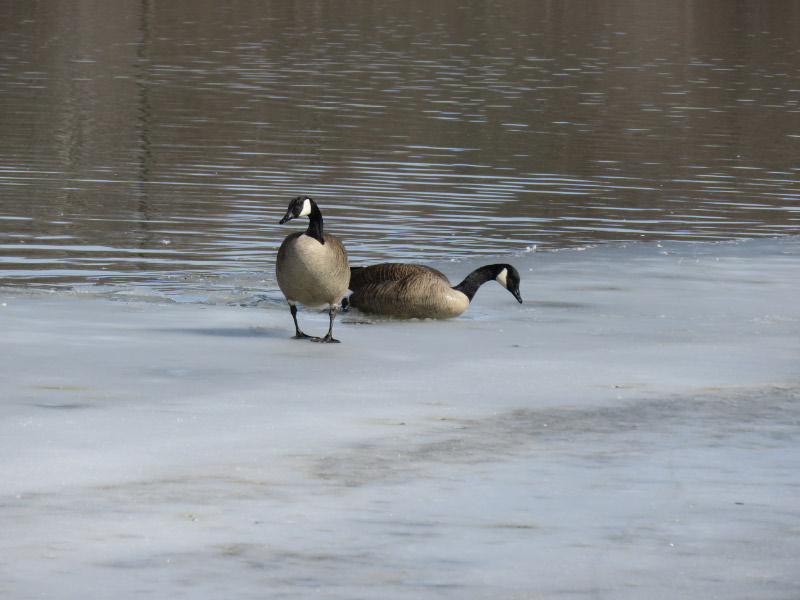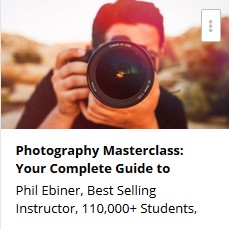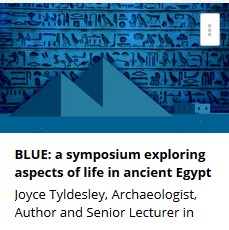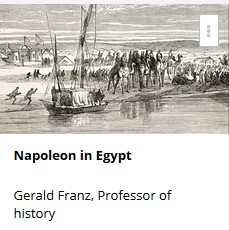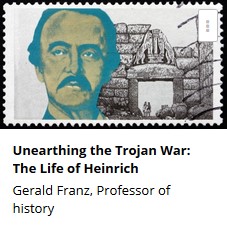Going to Class in December
/The community college in the neighboring county hosted a Freshwater Benthic Macroinvertebrate Workshop on Monday and Tuesday this week. It was two full days of day of taking small critters (preserved in alcohol) out of vials, putting them in a small Petri dish, and looking at them under a microscope. There were two lab rooms full of student – most teachers or Master Naturalists or environment monitoring related non-profits or government organizations. I’d signed up as soon as I heard about it….a great opportunity to see a lot of specimens and improve my ability to identify them for upcoming field trips with students in the spring.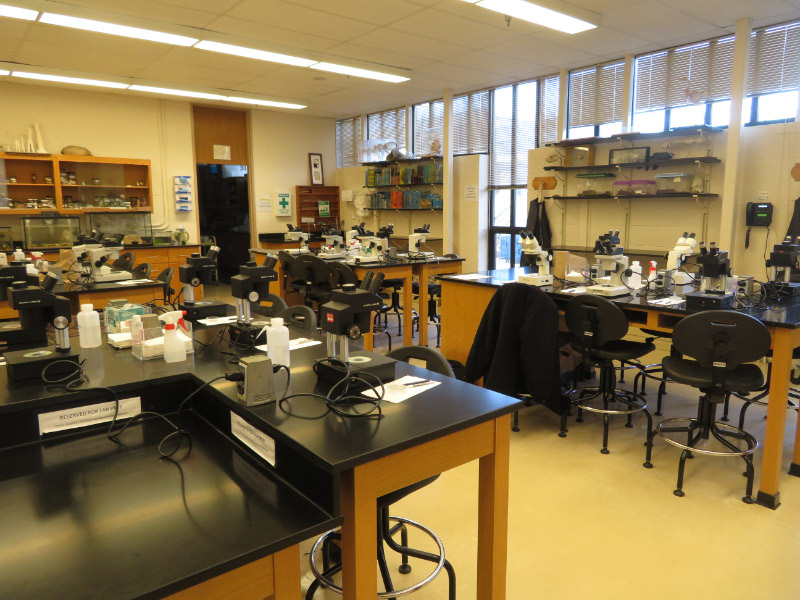
It’s been a long time since I was in a lab like this – since the 70s! I liked that there were actual chairs with backs rather than stools. I can remember classes held in labs and being very uncomfortable both from the hardness of the seat and not being able to lean back at all. We also had a microscope for every student; when I was in school we always had to share.
Some of the things I saw, I won’t see on the field trips because we don’t have enough magnification: oval shaped gills (easily detached when preserved) or comb-like spines (that look like false eyelashes) that distinguish certain families of mayflies (Ephemeroptera).
I learned about Macroinvertbrates.org and am looking forward to seeing its continued development. The family-level key we used in class is also online. Generally, we only classify to order on the field trips.
In the foyer of the building – where we registered and a table was filled with morning caffeine urns...and donuts that called all of us to jettison our diets…there was a display case of bones, which dovetailed nicely with the osteoarcheology class I just finished on Coursera. There were pathologies (like arthritis) and young bones (with the defined areas near the ends where growth was occurring).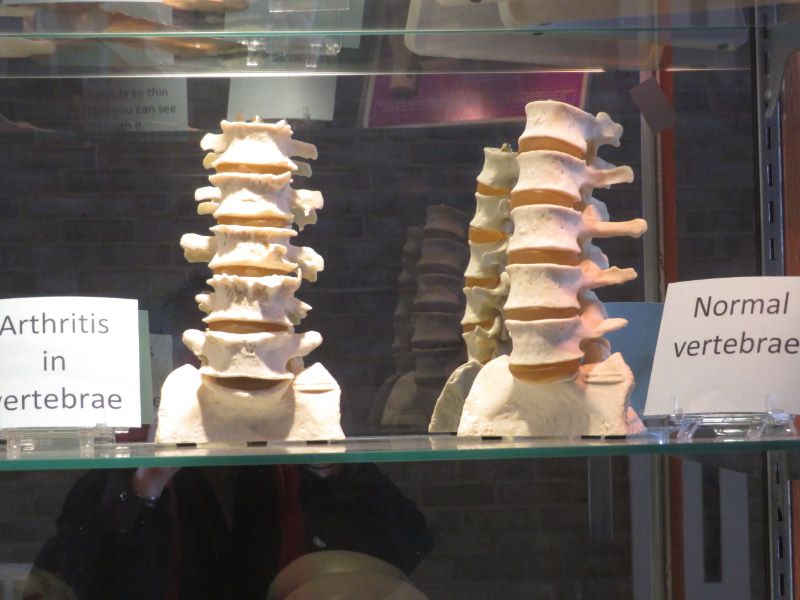
 I enjoyed the course tremendously and have signed up for another anatomy related course from the same university. I seem to be focused on biology related topics this December!
I enjoyed the course tremendously and have signed up for another anatomy related course from the same university. I seem to be focused on biology related topics this December!



